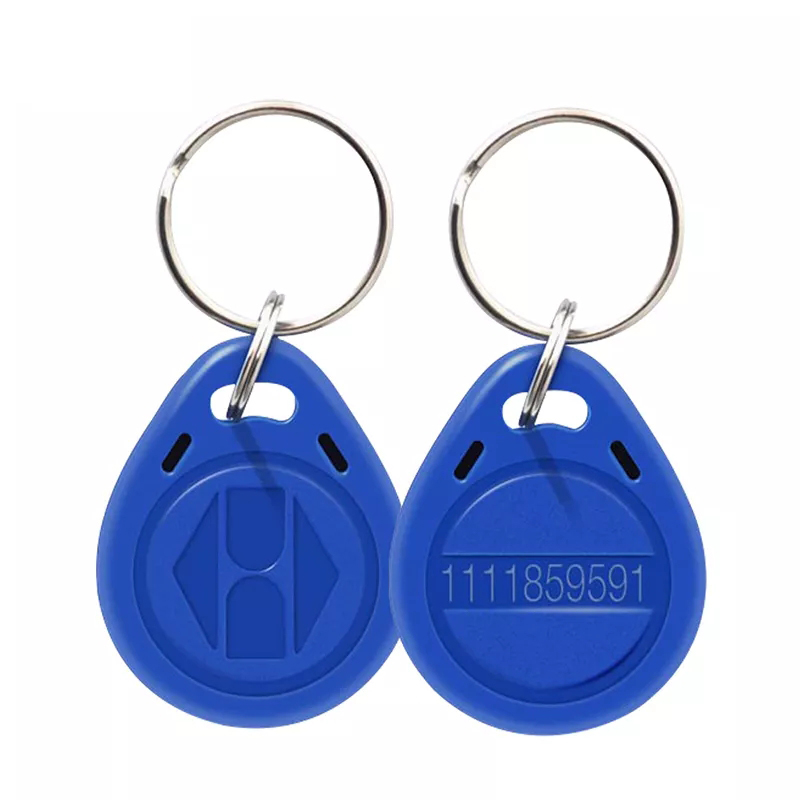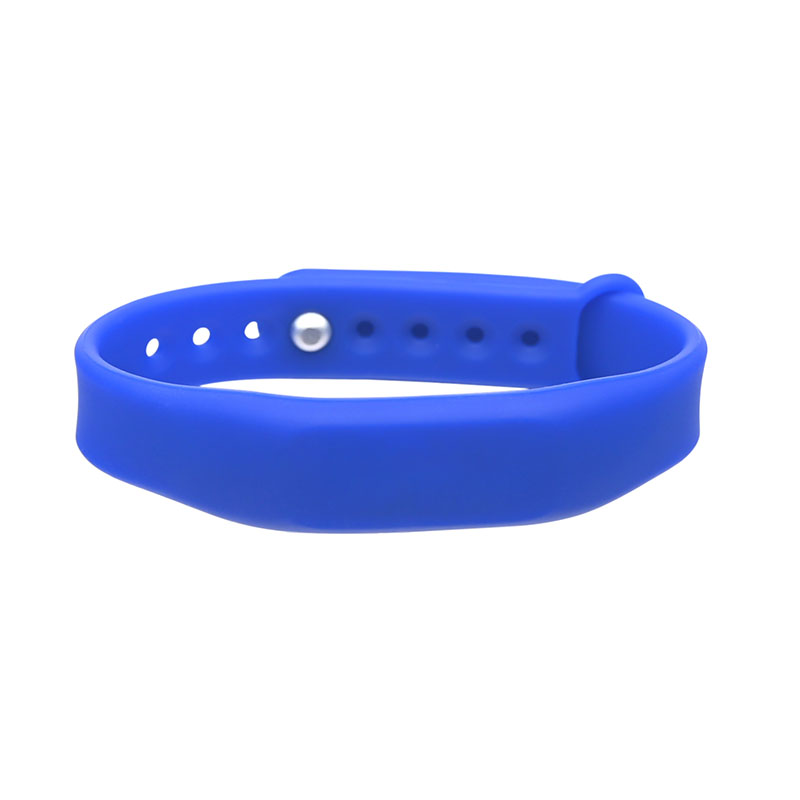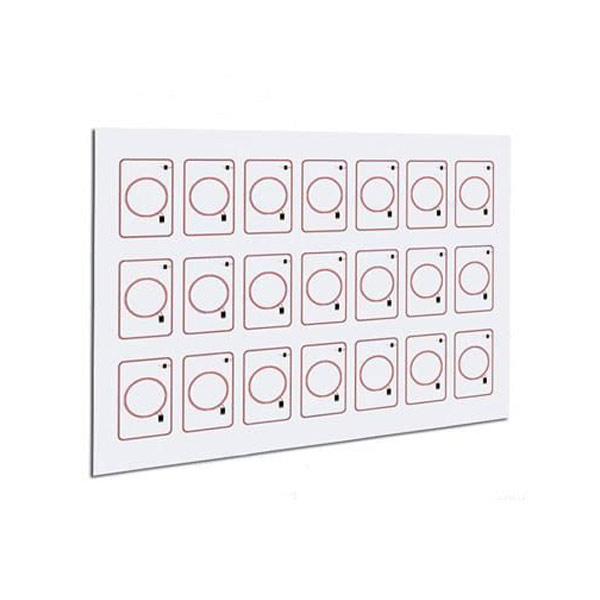
Radio Frequency Identification (RFID) technology has become one of the most important enablers of digital transformation across industries such as retail, logistics, healthcare, manufacturing, and supply chain management. By combining a small integrated circuit (IC) with an antenna and enabling wireless data communication, RFID systems provide businesses with the ability to track, monitor, and manage assets in real time. From retail stores managing inventory accuracy to hospitals ensuring patient safety, RFID has moved far beyond a niche technology into a mainstream tool for operational efficiency.
Despite the growing adoption of RFID, there remains some confusion among professionals and newcomers alike when it comes to the terminology used in the industry. Two of the most commonly misunderstood concepts are RFID inlays and RFID tags. While many people use these terms interchangeably, they in fact refer to different components of the RFID ecosystem and play different roles in the supply chain.
This article provides a detailed exploration of what an RFID inlay is, what constitutes an RFID tag, and how the two differ in terms of structure, production, application, cost, and overall function. Understanding this distinction is essential for businesses deciding whether to purchase inlays for further processing or to buy finished RFID tags that are ready for deployment.
An RFID inlay is often described as the “core” or “heart” of an RFID label. It is essentially a semi-finished product that combines the integrated circuit (IC or chip) with an antenna on a substrate material, typically made of PET (polyethylene terephthalate) or paper. The inlay is the functional part that allows communication between the RFID reader and the tagged object, but it cannot typically be used directly on items without additional processing.
There are two main types of RFID inlays:
Dry Inlays
These consist of just the chip and antenna on the substrate, without any adhesive backing.
They are commonly used by RFID label converters and manufacturers who will integrate the inlay into a larger label structure, such as a paper sticker or a fabric tag.
Wet Inlays
These are similar to dry inlays but come with an adhesive layer that allows them to be affixed temporarily during the conversion process.
Wet inlays make handling easier during the label production process and are slightly more convenient for certain semi-finished applications.
The manufacturing process of an inlay typically involves attaching the tiny IC to the antenna using specialized bonding techniques, such as flip-chip bonding, and then laminating the assembly onto a substrate. Inlays can vary in frequency (LF, HF, UHF), read range, and memory capacity, depending on the chip and antenna design.
Key characteristics of RFID inlays include:
They are lightweight and extremely thin, often resembling a small film or sticker.
They are fragile and not designed for direct consumer use.
They serve as the building block for finished RFID tags and labels.
In short, inlays are primarily produced for RFID label converters, solution providers, and OEMs, who then use them as raw material to create customized tags suitable for specific industries and use cases.
An RFID tag is the finished product that incorporates the inlay into a protective or functional structure, making it ready for deployment on goods, assets, or equipment. An RFID tag is essentially an RFID inlay plus packaging or encapsulation. This packaging may be as simple as a paper label layer or as robust as a hardened plastic case designed for industrial environments.
There are several main categories of RFID tags:
Label Tags
Often referred to as RFID labels or smart labels, these tags resemble standard printed labels but contain an RFID inlay inside.
They are widely used in retail and logistics for item-level tagging, such as clothing tags, logistics labels, or shipping labels.
Hard Tags
These tags encase the inlay in a rigid housing made of materials like ABS plastic, epoxy, or ceramics.
Hard tags are used in harsh environments such as industrial manufacturing, automotive tracking, or tool management, where durability and resistance to chemicals or mechanical stress are critical.
Specialized Tags
These include on-metal tags (designed to work on metallic surfaces), high-temperature tags (resistant to industrial ovens or autoclaves), and washable textile tags (used in laundry and textile tracking).
Unlike inlays, RFID tags are robust and application-ready. They may be printed with barcodes, brand logos, or product information, and they often include user memory encoding tailored to specific business requirements.
Key characteristics of RFID tags include:
They are durable and can withstand environmental stress depending on their design.
They are available in many form factors and can be customized for branding or compliance needs.
They are ready to be applied directly to products, pallets, tools, or assets.
In short, tags are what end-users and enterprises typically purchase when they want to implement RFID for tracking and inventory management.
Key Differences Between RFID Inlays and RFID Tags
Although RFID inlays and RFID tags are closely related, their differences are significant. Below is a detailed comparison across several dimensions:
Aspect | RFID Inlay | RFID Tag |
Definition | Semi-finished product containing IC and antenna | Finished product containing inlay plus packaging |
Structure | Chip + antenna + substrate | Inlay + encapsulation (paper, plastic, fabric, ceramic, etc.) |
Production Stage | Supplied to label converters or manufacturers | Supplied directly to end-users and enterprises |
Durability | Fragile, not suitable for direct use | Durable, designed for specific environments |
Customization | Standardized designs, processed further | Wide range of customization (print, form factor, encoding) |
Applications | Used as raw material for tags and labels | Used in retail, logistics, healthcare, industrial tracking |
Cost | Lower unit cost but requires processing | Higher unit cost but application-ready |
Structural and Functional Differences
The inlay is essentially the electronic “engine” of RFID technology. Without an inlay, a tag cannot function, but an inlay by itself is rarely usable outside of controlled environments. The tag, by contrast, is the end product designed for real-world deployment.
Supply Chain Positioning
Inlays occupy an upstream role in the RFID supply chain. They are purchased by label manufacturers, converters, or system integrators. Tags, on the other hand, are purchased by enterprises that directly apply RFID to their operations.
Cost Considerations
Because inlays are less processed, they cost less per unit compared to tags. However, end-users rarely purchase inlays directly unless they have the capability to convert them into finished labels or tags. Tags, being ready-made, are priced higher but eliminate the need for additional processing.
Applications in the Industry
The primary application of RFID inlays is within the manufacturing and supply chain of RFID products. They are shipped in rolls to converters who embed them into paper labels, wristbands, or plastic casings. These inlays are not intended for direct use but are essential for mass production of tags at scale.
RFID tags are deployed across multiple industries:
Retail: For item-level tagging in apparel, footwear, and electronics. Retailers use tags to improve inventory accuracy, reduce shrinkage, and enable omnichannel fulfillment.
Logistics and Supply Chain: Tags are attached to pallets, cartons, and shipping containers for real-time visibility and automation of warehouse processes.
Healthcare: Tags are embedded into patient wristbands, medical equipment, and pharmaceuticals to ensure patient safety, reduce errors, and combat counterfeiting.
Industrial Applications: Hard tags are used to track tools, vehicles, and equipment in rugged environments where durability is essential.
For example, a global fashion retailer might purchase millions of RFID labels containing inlays embedded in paper stickers to tag every garment in their inventory. By contrast, an automotive manufacturer may rely on durable hard tags to track engine parts throughout the production process.
Choosing the Right Solution
The choice between RFID inlays and RFID tags depends largely on the buyer’s position in the value chain and their operational requirements.
For Label Converters and OEMs: Purchasing inlays makes the most sense. These companies specialize in integrating inlays into labels or casings, adding printing, and customizing tags for end-users.
For End-Users (Retailers, Hospitals, Logistics Providers): Purchasing finished tags is the best option. Tags are application-ready, require no additional processing, and can be deployed immediately.
Other factors influencing the decision include:
Quantity and Scale: High-volume operations may prefer inlays if they have in-house conversion capability.
Environment: Harsh environments require durable tags, not bare inlays.
Cost-Benefit Analysis: While inlays are cheaper, the additional processing cost may outweigh the benefits unless you are a manufacturer.
Future Trends: RFID Inlays vs Tags
The future of RFID technology is being shaped by several trends:
Miniaturization and Flexibility: Advances in antenna design and flexible electronics are making inlays smaller, thinner, and more versatile.
Sustainability: There is growing demand for eco-friendly materials, recyclable substrates, and energy-efficient chips in RFID production.
Integration with IoT: RFID tags are becoming a critical component of the Internet of Things (IoT), connecting billions of physical items to digital networks.
Market Growth: According to industry reports, demand for RFID tags will continue to surge in retail and logistics, while specialized inlays will see growth in healthcare and industrial applications.
Both inlays and tags will play complementary roles in this evolution. Inlays will remain the foundation of the technology, while tags will drive adoption across industries.
Conclusion
Although RFID inlays and RFID tags are closely related, they are not the same. The inlay represents the functional core — the IC and antenna that make RFID communication possible — but it is only a semi-finished product intended for further processing. The tag, by contrast, is the finished, application-ready product that incorporates the inlay into a protective or functional form suitable for deployment across industries.
Understanding this distinction helps businesses make informed decisions about whether to purchase inlays for further conversion or finished tags for immediate use. Ultimately, RFID inlays and RFID tags serve different roles in the ecosystem but are equally essential for the widespread adoption of RFID technology.
For enterprises considering RFID implementation, the key takeaway is simple: choose inlays if you are a manufacturer or integrator, and choose tags if you are an end-user looking for a ready-to-deploy solution.





